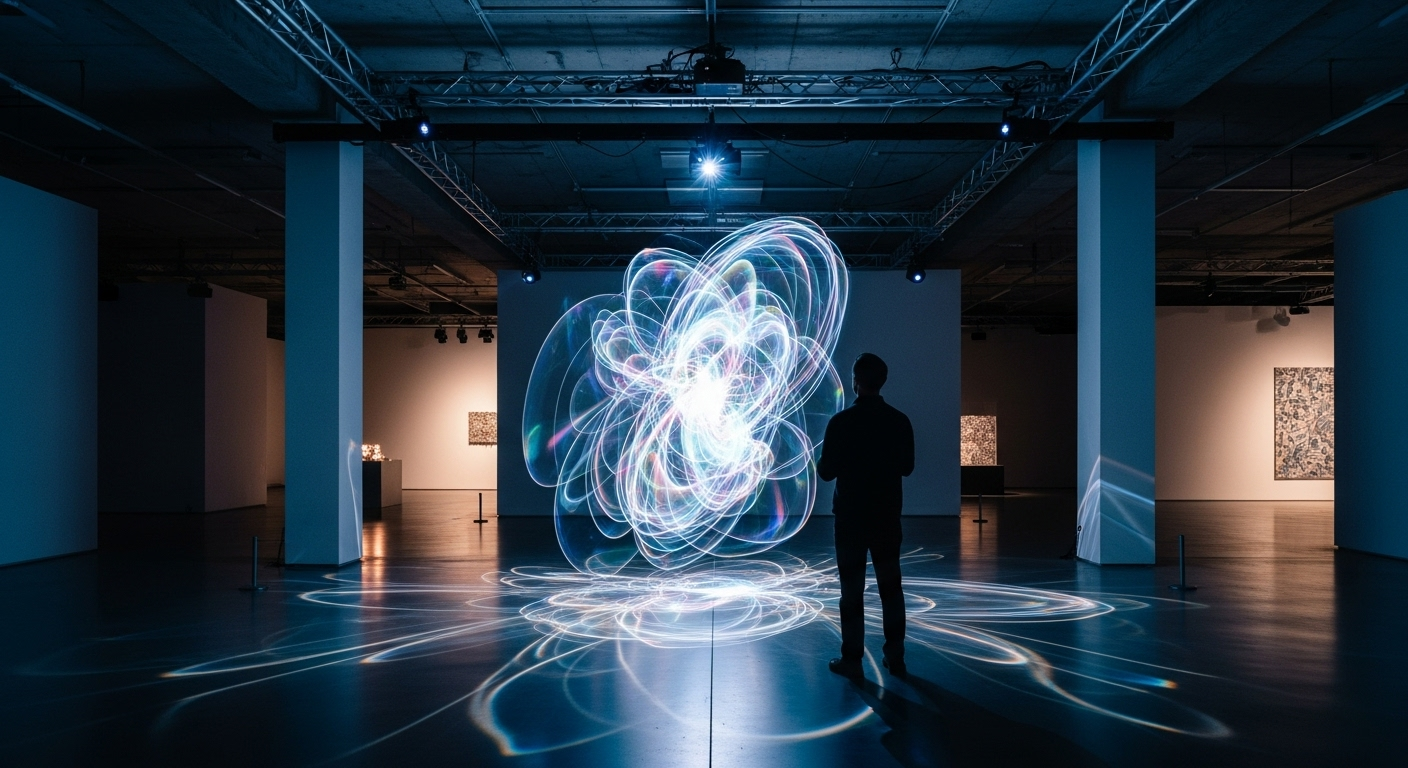Ephemeral Art: The Beauty of Transient Creations
In a world obsessed with permanence, ephemeral art captivates audiences with its fleeting nature. This article explores the rise of temporary installations, performances, and creations that challenge our perceptions of art's longevity. From sand sculptures to ice statues, we delve into the artists pushing boundaries and the profound impact of their short-lived masterpieces.

Artists working in this medium often draw inspiration from natural cycles, seasonal changes, and the impermanence of life itself. By creating works that are destined to disappear, they invite reflection on themes of mortality, memory, and the passage of time. The temporary nature of these pieces also allows artists to experiment with materials and concepts that might not be feasible in more permanent forms of art.
Historical Context and Evolution
While the concept of ephemeral art has gained significant traction in recent years, its roots can be traced back to ancient traditions. Sand mandalas created by Tibetan monks, for instance, have been practiced for centuries. These intricate designs, painstakingly created with colored sand, are ritualistically destroyed upon completion, embodying the Buddhist concept of impermanence.
In the 20th century, movements like Fluxus and Happenings began to explore the idea of temporary, experience-based art. Artists like Allan Kaprow organized events that blurred the lines between performance and visual art, existing only for a brief moment in time. The Land Art movement of the 1960s and 1970s also incorporated ephemeral elements, with artists like Andy Goldsworthy creating sculptures in nature that would gradually erode or decompose.
Contemporary Expressions and Techniques
Today, ephemeral art has expanded to encompass a wide range of techniques and mediums. Ice sculptures, for example, have become increasingly popular in both artistic and commercial contexts. Artists like Nele Azevedo create poignant installations of melting ice figures to comment on climate change and human vulnerability.
Another fascinating subset of ephemeral art is food art. Artists like Vik Muniz have gained recognition for creating intricate images using perishable materials like chocolate syrup or sugar. These works exist only briefly before being consumed or decomposing, challenging our perceptions of art’s value and permanence.
Digital technology has also opened up new possibilities for ephemeral art. Projection mapping allows artists to create temporary, large-scale visual displays on buildings and landscapes. These installations can transform familiar spaces into otherworldly environments for a limited time, offering immersive experiences that leave lasting impressions despite their short duration.
The Impact on Viewers and Society
The fleeting nature of ephemeral art creates a unique viewing experience that differs significantly from traditional gallery or museum visits. Knowing that a work will soon disappear can instill a sense of urgency and heightened appreciation in the audience. This immediacy often leads to more intense emotional connections and memorable experiences.
Ephemeral art also challenges the commodification of the art world. By creating works that cannot be bought, sold, or preserved indefinitely, artists subvert the traditional art market and question the value placed on permanence and ownership. This aspect of ephemeral art aligns with broader societal shifts towards experiences over possessions, particularly among younger generations.
Moreover, the temporary nature of these works often allows for site-specific installations that engage directly with their environments. This can lead to powerful statements about local issues, ecology, or social dynamics, fostering community engagement and dialogue in ways that more permanent art forms might not achieve.
Preservation and Documentation Challenges
While the impermanence of ephemeral art is central to its concept, it also presents unique challenges in terms of documentation and preservation. Many artists and institutions grapple with how to record and remember these temporary works without compromising their essential nature.
Photography and video have become crucial tools for capturing ephemeral art, allowing for some form of permanence in the digital realm. However, this raises questions about the authenticity of the experience and whether documentation can truly convey the impact of being present for the original work.
Some artists embrace the lack of permanence entirely, rejecting documentation and allowing their works to exist solely in the memories of those who witnessed them. Others incorporate the act of documentation into the artwork itself, creating multi-layered pieces that explore the tension between permanence and transience.
The Future of Ephemeral Art
As technology continues to advance and environmental concerns become more pressing, ephemeral art is likely to evolve in new and exciting ways. Virtual and augmented reality technologies offer potential avenues for creating immersive, temporary experiences that push the boundaries of what we consider art.
Additionally, the growing emphasis on sustainability in all aspects of life may lead to an increased appreciation for art forms that leave no lasting physical impact. Ephemeral art’s ability to create powerful experiences without permanent materials aligns well with eco-conscious values.
The COVID-19 pandemic has also highlighted the value of shared, live experiences, which may fuel a renewed interest in ephemeral art as people seek meaningful, in-person encounters with creativity. As we move forward, the tension between our desire for permanence and the beauty of the fleeting moment will likely continue to inspire artists to create innovative, thought-provoking ephemeral works that challenge our perceptions and enrich our cultural landscape.





